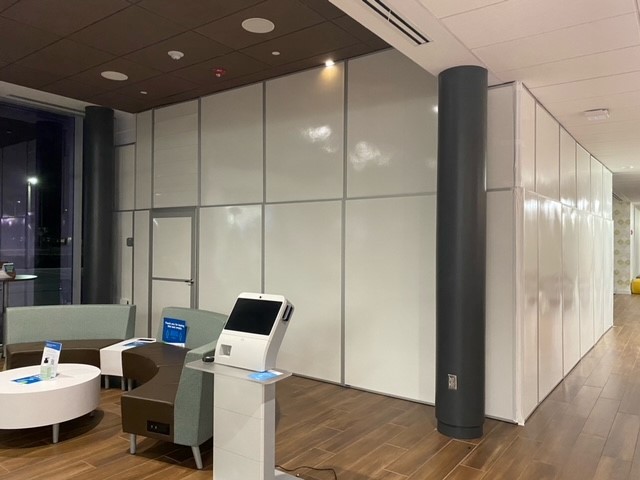
Healthcare success stories typically speak to the importance of doctors, nurses, and cutting-edge equipment at the point of care. However, an increasing number of hospitals and outpatient facilities are focusing on patient experience as the lynchpin connecting key performance indicators with achieving their patient-centered goals.
Patient Satisfaction During Healthcare Construction
The simple truth is that patients are demanding more from their healthcare experience. At a time when hospital reimbursements are tied to both improved patient outcomes and greater patient satisfaction, the need to deliver hospital environments that align with shifting expectations is more relevant than ever.
Recently, STARC publish a white paper that articulates how public demand for aesthetically pleasing waiting rooms, luxury hospital suites, and modern accents has placed renovation crews working under new demands with old techniques – and how forward-thinking facilities managers and project managers are taking steps to deliver positive patient outcomes and experiences.
Called Remediation, Restoration, and Renovations: Maintaining a Patient-Centered Environment with Temporary Modular Wall Containment Systems, this white paper demonstrates how patients cannot reliably distinguish positive experiences with the physical environment from positive experiences with care.
If you haven’t read it yet, you should.
Putting Modular Wall Containment to the Test
In addition to explaining how hospital reimbursements have become linked to new patient satisfaction measures, like the Hospital Consumer Assessment of Health Care Providers and Systems (HCAHPS), this white paper includes case studies from two leading healthcare organizations: Quincy, Ill. based Blessing Health System, nationally recognized for their quality care and patient safety initiatives, and Providence Portland Medical Center, which is part of Providence Health & Services in Oregon, a not-for-profit network of hospitals, health plans, physicians, clinics, and affiliated health services.
To download a PDF copy of the white paper, click here.
